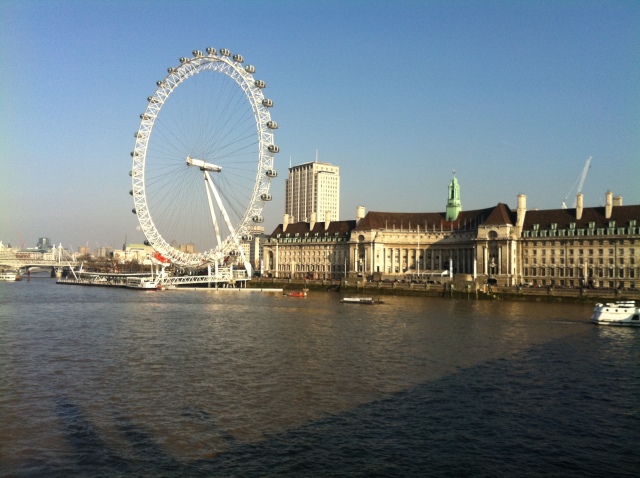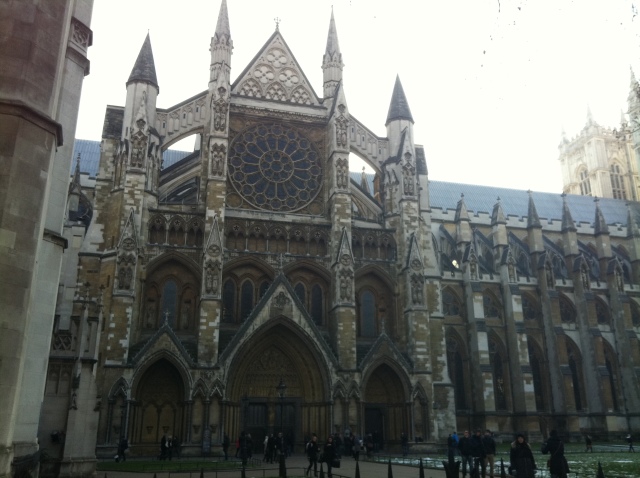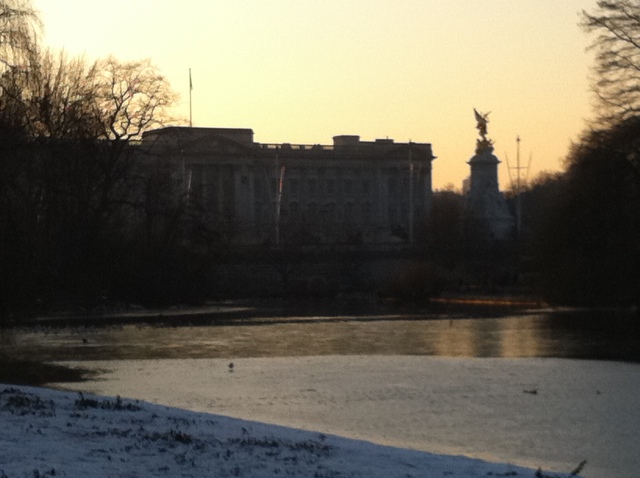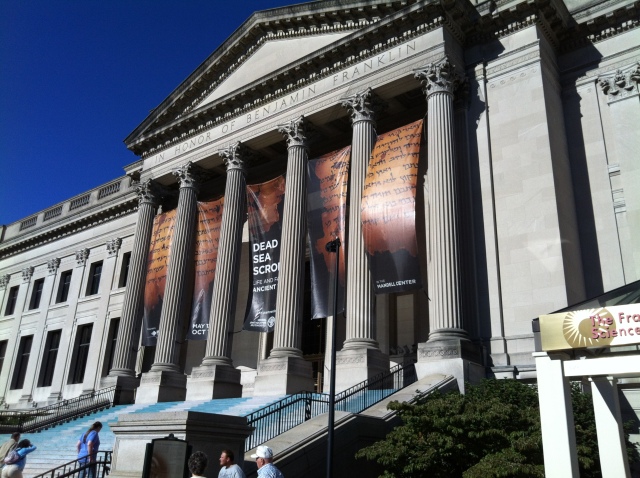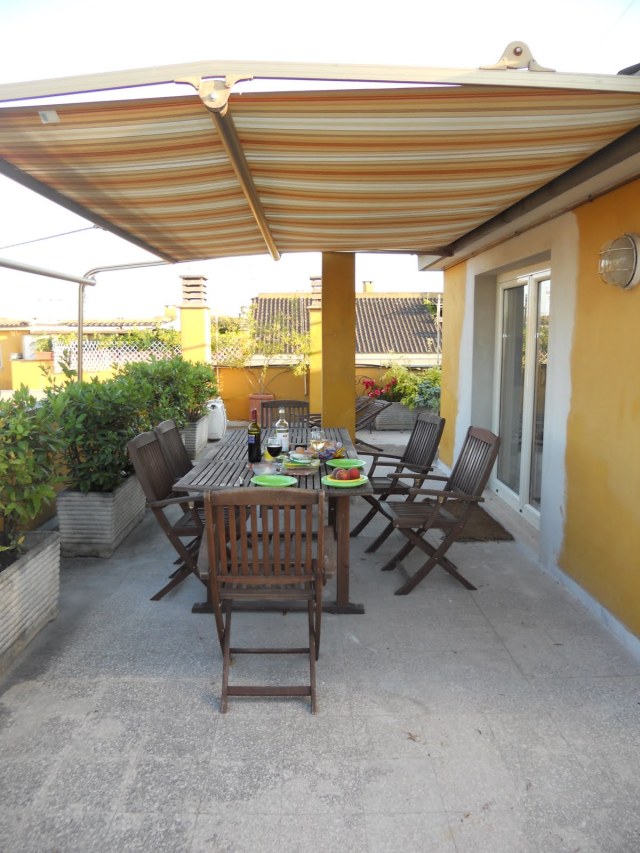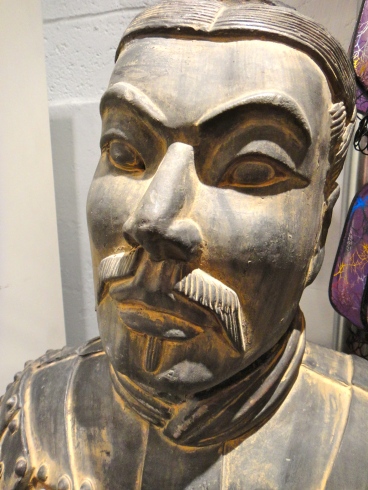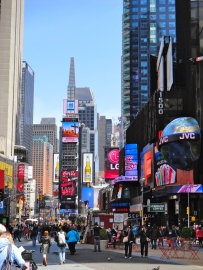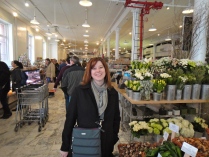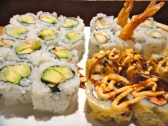On a visit to the U.S. Holocaust Memorial Museum in Washington, D.C., as part of a research project for my Sophomore English class, I attempt to exchange the abstract of the classroom into a tangible experience. As a teacher I had visited the museum before, done extensive research on the Holocaust itself, and, at least initially, was merely a chaperone. That is, until I entered the shoe room and discovered that there is beauty to be found amidst decay.
The shoe room is just how it sounds, a huge room filled with shoes—confiscated shoes from prisoners of the Majdanek concentration camp. The moment I step into the room, what I had managed to keep at arm’s length, encompasses me. Suffocates me. Everything in the museum, up until that moment, had been visual. Photographs and artifacts. Images I could blink away and walk past. The shoe room, however, smells—it smells musty. The air closes around me as I step across the threshold. It’s as though the shoes hoard all the air in the room, holding it close, containing it in their soles. Cautioning me of the transience of the here-and-now. Reminding me of my need for air and my helplessness without it. Giving me a brief moment to experience the suffocation of those who stood in these shoes. I see small shoes, worn by a child. (I can hardly bear to think of what became of those tiny feet.) Some shoes are woven. Some show crumbling leather and cracked heels. These shoes carried people onto railcars, through iron gates proclaiming “Arbeit Macht Frei,” and then into chambers that held death.
I could look away from the pictures, ignore the sounds and videos, walk away (in my own obedient shoes) from the exhibits that prompted a churning in the pit of my stomach. But I cannot ignore the smell, nor the absence of air, of this room.
On one of the displays, an inscription placed over the Torah in a German synagogue says, “Know before whom you stand.” In the shoe room I stand at the feet of those sacrificed to hatred and ignorance. And I am compelled, as a teacher and as a human being, to respond. To speak. To remind my students of the importance of understanding history so as not to repeat it. To address the injustices—little though they may seem in comparison to the horrors of the Holocaust—that I encounter daily. As those once inhabiting these shoes remind me, my silence will come all too quickly in the on-rush of time. They also remind me that my job as a teacher is to equip my students to speak, to battle against prejudice and injustice.
Walking from the shoe room I leave behind me the assumption that this is just a field trip and that I am just a chaperone. Beauty has bloomed from amidst the decay, and I am changed by it.
My best to you, my fellow travelers,
Anna

![Holocaust Museum room of shoes[5]](https://aroadtaken.files.wordpress.com/2012/10/holocaust-museum-room-of-shoes5.jpg?w=300&h=227)

